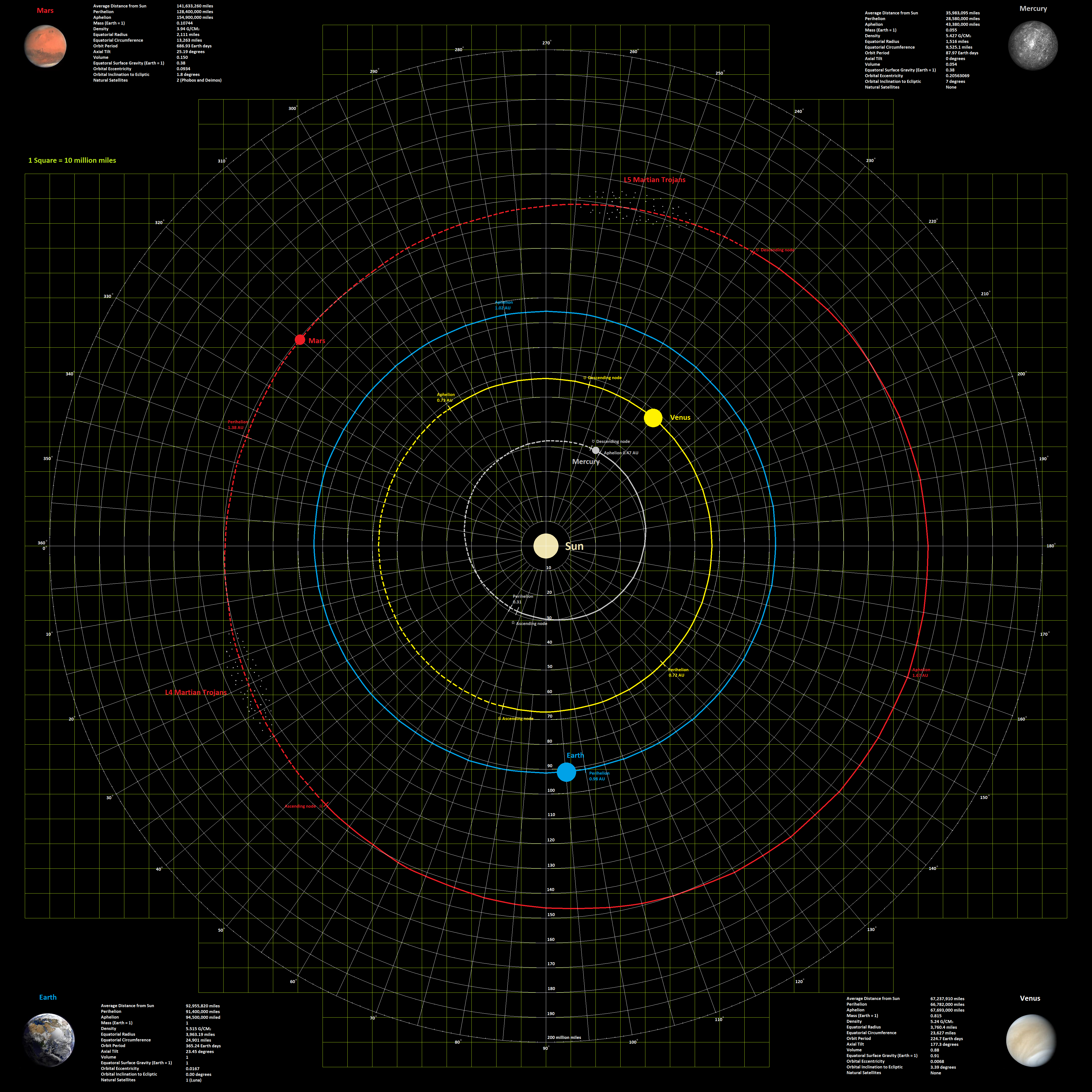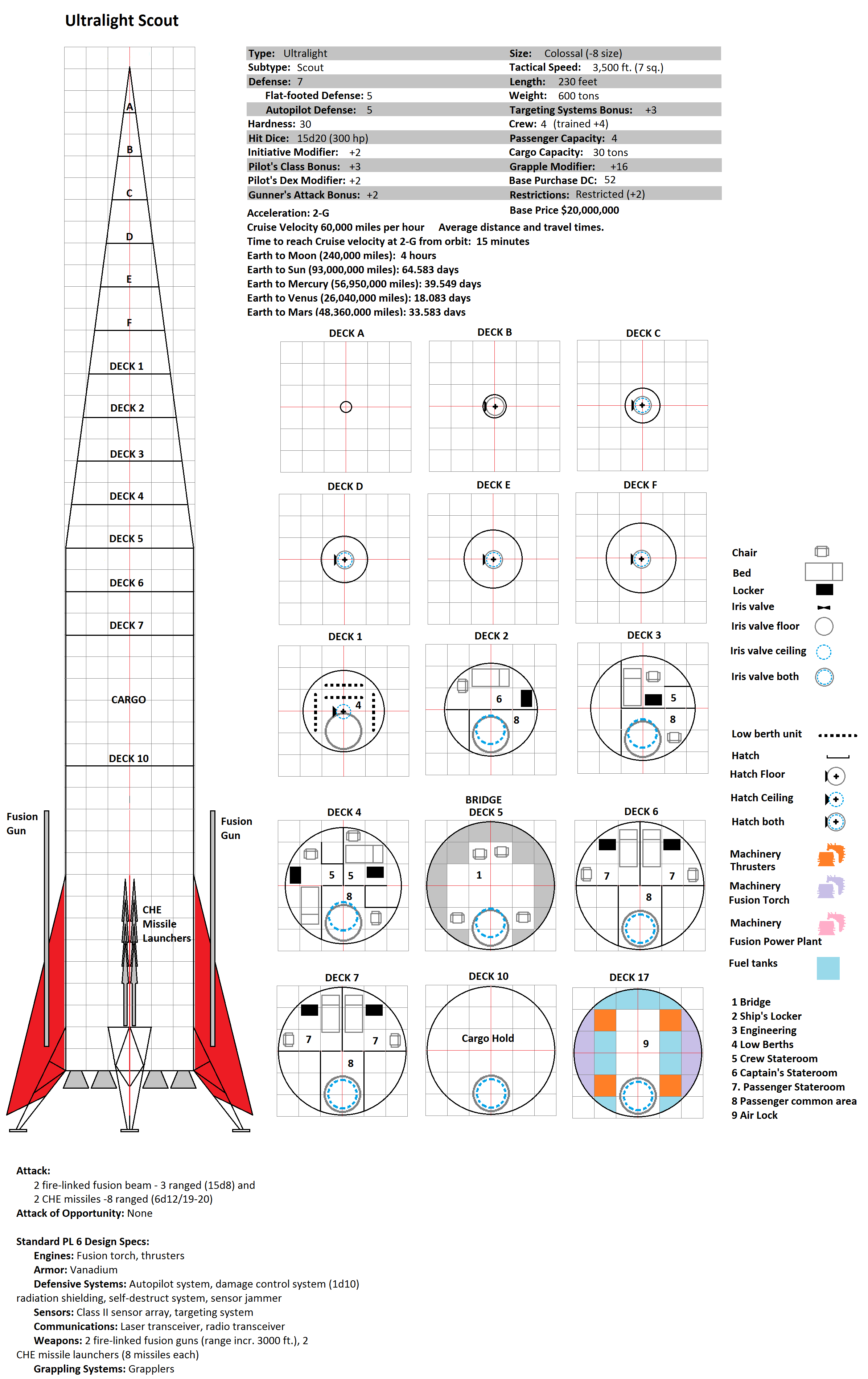Celebrim
Legend
Some say what goes on in Vegas stays in Vegas.
Most of those people are probably not lawful minded.

Some say what goes on in Vegas stays in Vegas.
The Roman Pantheon doesn't need a Roman Empire. There is no reason that the Roman Empire needs to survive in order to have the Roman Pantheon continue in a Medieval World. Actually I envision a Medieval fantasy world. that is split between a number of Pantheons:I think the extent to which polytheistic cults might evolve in the direction of the mediaeval church in a universe where monotheism never intervenes is a really interesting question. Particularly since I am brewing a setting with a Roman-like empire that declined and recovered. I will need to do more research on when pagan cults were like as organisations.
Sent from my [device_name] using EN World mobile app




I am updating my world and working on the pantheon. Any suggestions would be appreciated, like how many god/desses I should have, etc. Thanks.
I agree with your quibble but I'm concerned regarding the details. Most such festivals relax the normal rules of social propriety, but they don't fully abridge them. For example, marriage vows are generally taken to still be in effect, and you can't get away with murder just because it's the festival of revelry. I think a lawful person's relationship to such a festival day would be characteristically complex.
